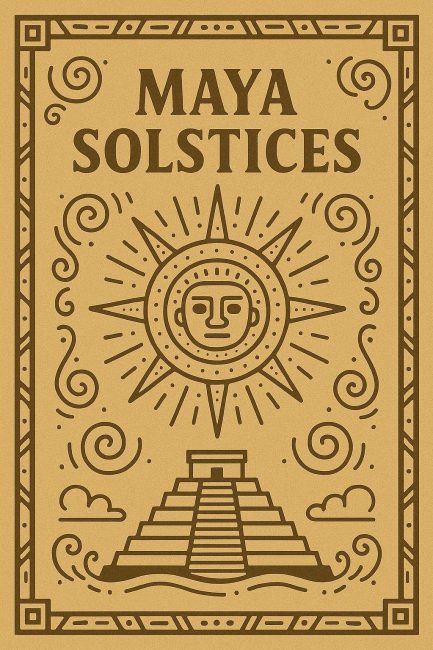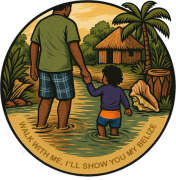Maya Solstices, Equinoxes, and Ritual Time: Where to Be When the Sky Speaks
Most travelers think of time in days, weeks, or months. But the ancient Maya thought in seasons of the sun, cycles of memory, and moments when the sky itself gave instruction. Solstices and equinoxes weren’t just seasonal events — they were spiritual thresholds.
This post explores:
- What solstices and equinoxes meant to the Maya
- How they tie into the Maya calendar and rituals
- The best Maya sites to visit during these celestial events
☀️ The Maya and the Sun’s Journey
The Maya watched the sun’s path across the sky with great care. They noticed:
- The summer solstice (around June 21) was the longest day of the year
- The winter solstice (around December 21) was the shortest
- The equinoxes (around March 20 and September 22) were days of perfect balance
They built their temples and pyramids to mark these moments — often aligning doorways, windows, or pyramid edges to catch the rising or setting sun.
To the Maya, these were not just astronomy events. These were openings in the calendar:
- Solstices marked extreme energy: power shifts, vision quests, planting or harvest rituals
- Equinoxes represented balance, decisions, and community gathering
I’ve only had the chance to experience a solstice at the ruins once — but it left a mark. And we may get to experience one together.
Growing up in Placencia, I’d stand barefoot on the beach path between what’s now Julia’s Cabanas and the Barefoot Beach Bar. Over many years, I noticed the sun shift along the horizon — rising toward the east in cooler months, drifting southward, then pausing just past the tip of Placencia Caye before heading back. That moment of stillness — just after the summer solstice — was the most powerful. And that’s when the sunrises were clearest, calmest, and best for photos.
🗓️ Connection to the Maya Calendar
The Haab’ (solar year) and Tzolk’in (sacred 260-day cycle) calendars intersected with solar movements. Solstices and equinoxes often triggered rituals tied to:
- Fertility and crop blessings
- Rain and drought cycles
- Spiritual renewal or endings
Even the Katun cycles within the Long Count were punctuated by solar rituals. A solstice in Katun 8 Ahau carries different meaning than one in Katun 4 Ahau.

🛕 Where to Experience Maya Solar Rituals Today
If you want to feel the living presence of these moments, visit these iconic sites on solstices or equinoxes:
1. Caracol (Belize)
- One of the most powerful Maya cities in Belize
- Solstice and equinox alignments visible in temple architecture
2. Xunantunich (Belize)
- Strong solar symbolism in its structures
- Easy access and magical energy on equinox mornings
3. Cahal Pech (Belize)
- Overlooks the river valley — sunrise and sunset rituals feel especially intimate here
4. El Pilar (Belize-Guatemala border)
- A less-visited site with powerful ceremonial layout
- Ideal for those seeking a quiet, spiritual experience
Below are two additional sites outside Belize that help complete the regional understanding of solar ritual:
- Copán (Honduras) – Staircases and monuments record solar and lunar calculations; local communities still observe sun-related rituals
- Chichén Itzá (Mexico) – Famous for the “descent of the serpent” shadow effect at equinox; heavily visited, but still a powerful reminder of solar design
🔥 How to Connect Personally
- Want to bring this home?
- Plan your Belize trip around a solstice or equinox
- Use the Maya Life Calendar Tool to find your birthday’s field energy
- Reflect on what the sun is doing the day you travel — the Maya believed it mattered
Time is not just a measure. In the Maya world, it’s a mirror. The sun’s rise, the shift of shadow, the balance of day and night — these were ways to remember who we are.
Walk with me. I’ll show you the time Belize still remembers.
